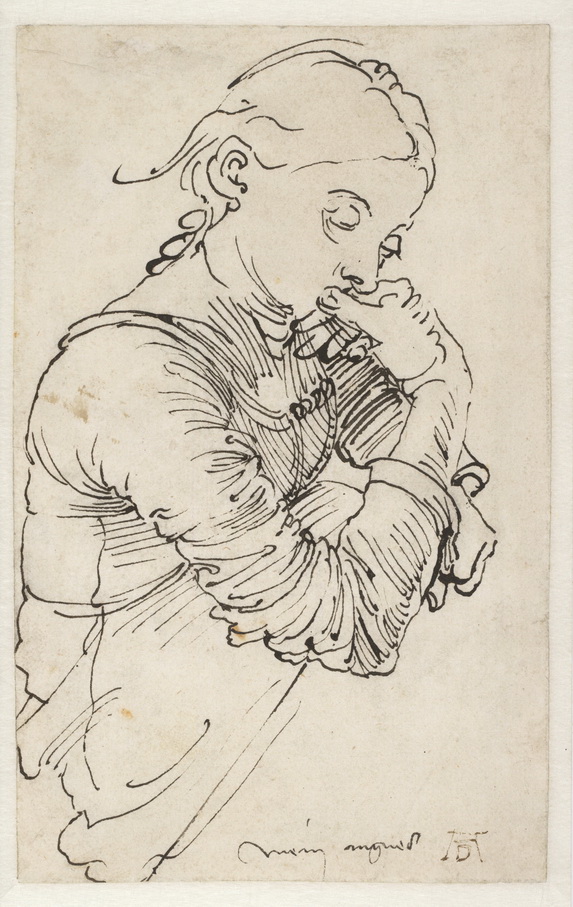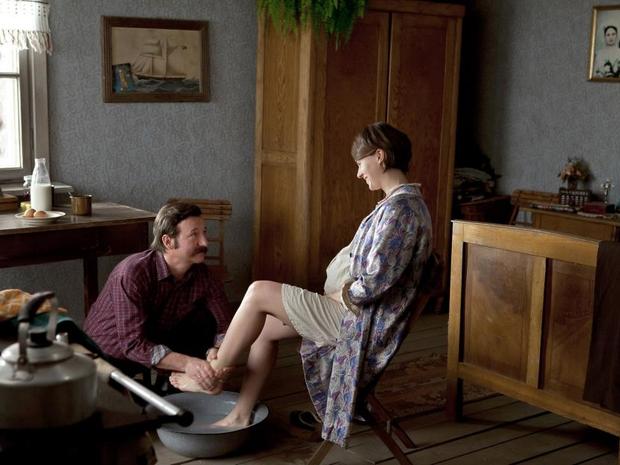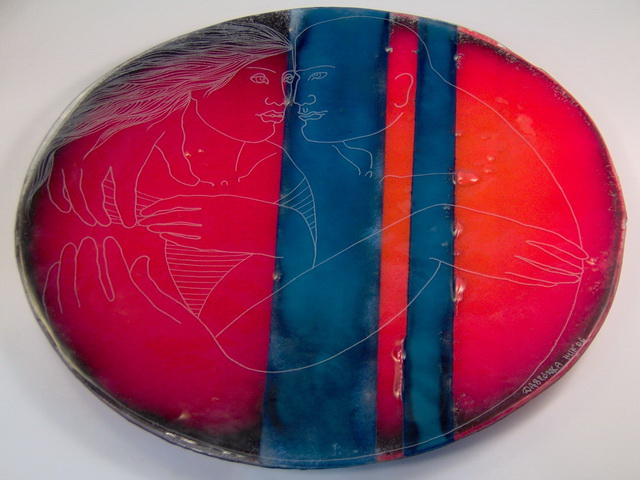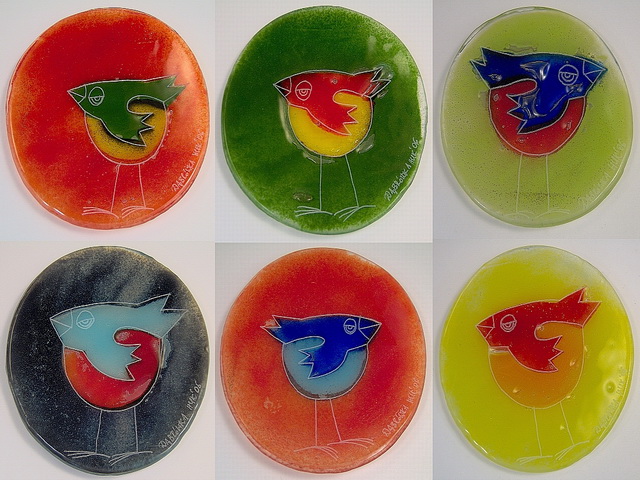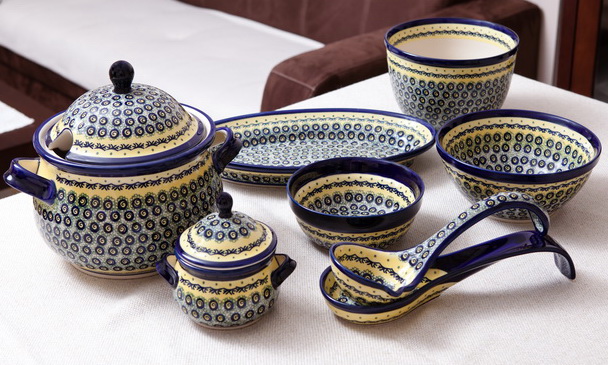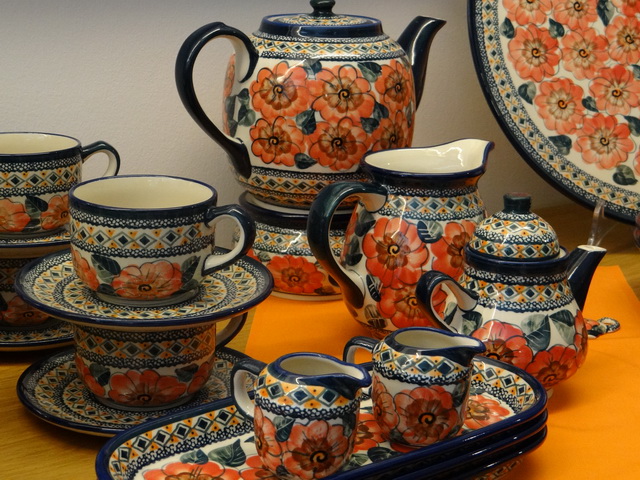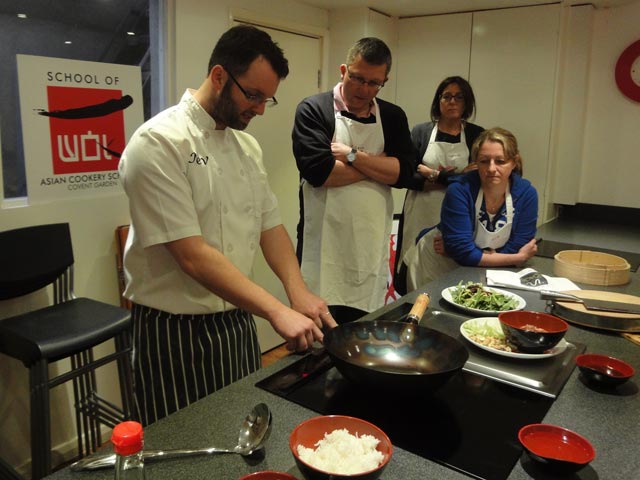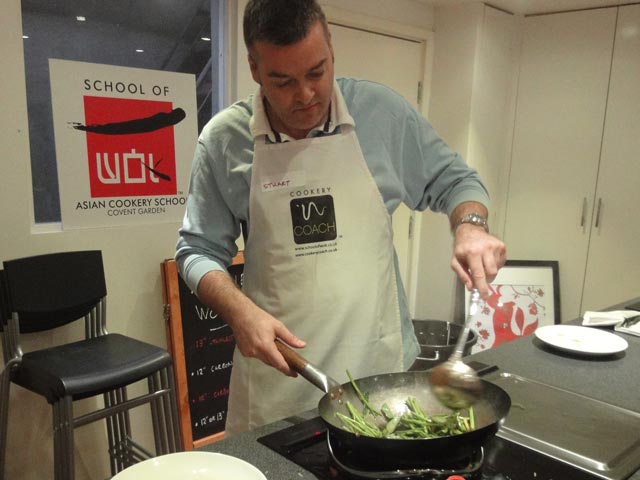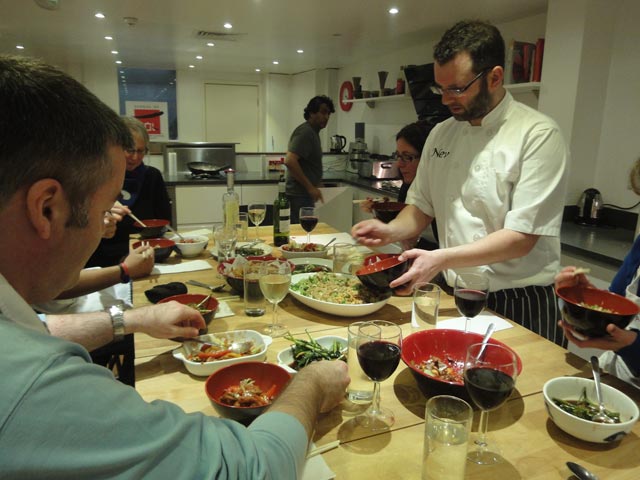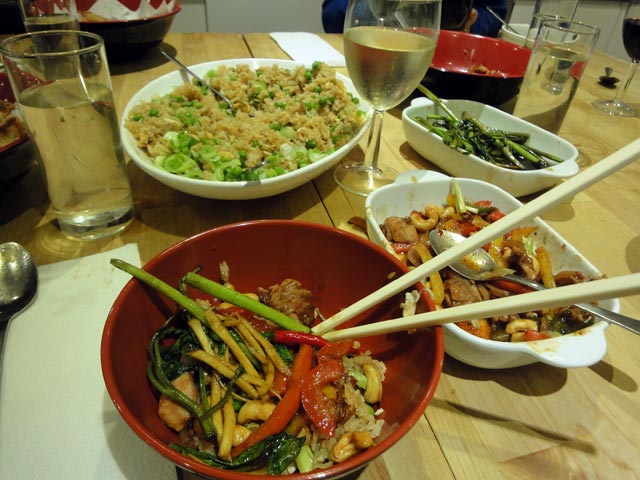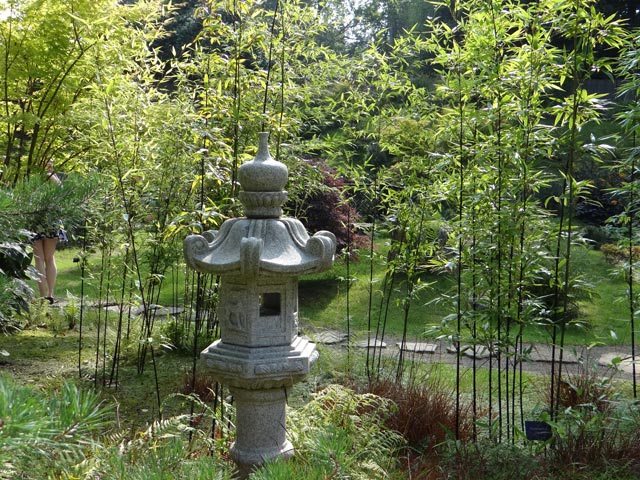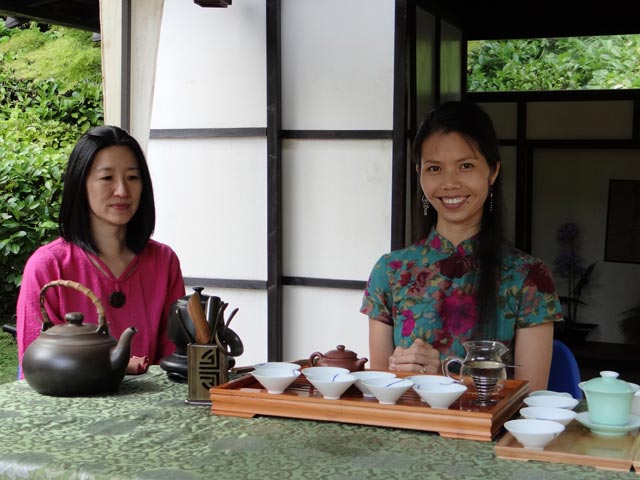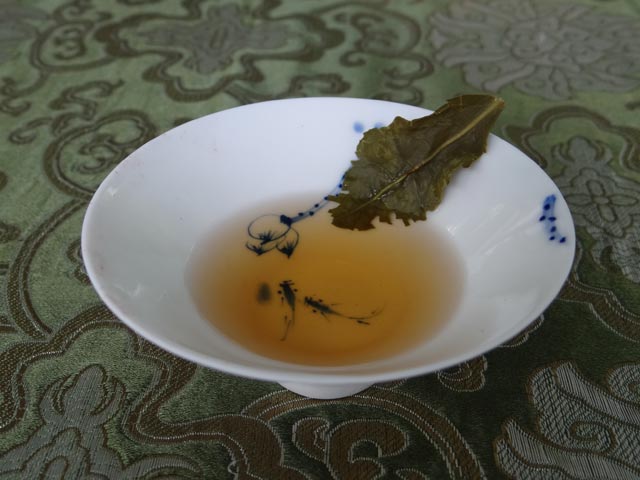What would you do if you were young, ambitious and wished to convince the world of your talent? You may
– try to find an influential mentor,
– travel to find the best sources of inspiration and training expertise,
– choose a line of work that would give you a wide exposure and earning potential.
This was exactly what a young Albrecht Dürer (1471-1528), a highly talented painter, draughtsman and engraver, decided to do – in the final decade of the 15th century.
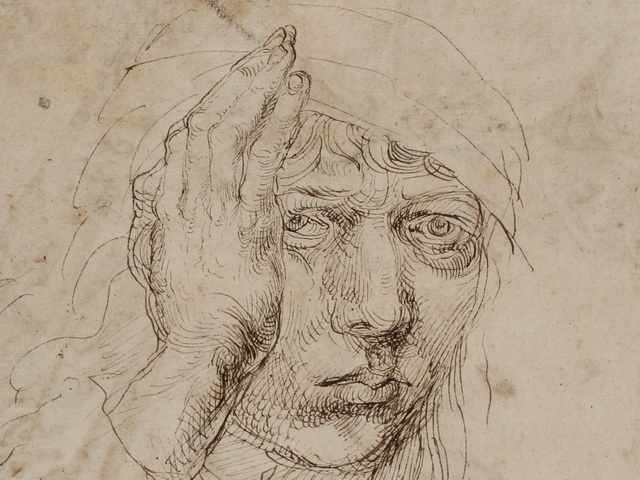
The latest exhibition in The Courtauld Gallery gives us a fascinating glance at the early work and ambitions of Dürer, shaping the direction of his work and life, before he became the leading Renaissance artist in Germany. It features the early figure drawings of a young man who intended to challenge the established artistic traditions of his country with a new approach to depicting the natural world, and perfected his skills through studies of his own body. Rebelling against his family wishes, Dürer abandoned his apprenticeship as a goldsmith with his father to train as an artist in the workshop of the Nuremberg painter, woodcut designer and entrepreneur, Michael Wolgemut. His workshop designed the woodcut illustrations for some of the most significant publications of the time. Here Dürer gained the first hand experience of this technique and the understanding that prints were much more financially lucrative than time and labour consuming paintings. In 1490, already confident in his abilities, nineteen year old Dürer set out on a journey that would last four years and would help him to establish professional contacts, undertake work and explore the latest artistic trends. This period is called Wanderjahre, or ‘journeyman years’, during which the artist travelled widely in the region of Frankfurt and Strasbourg. The drawings from that period, presented at the exhibition, are a reflection of his artistic development. The predominant theme is the desire to accurately depict the human body and its proportions, which became Dürer’s lifetime preoccupation. This was a similar passion to that of Leonardo da Vinci’s which guided Leonardo’s studies of anatomy. Dürer would later write: “For in truth, art lies hidden within nature; he who can wrest it from her, has it”.
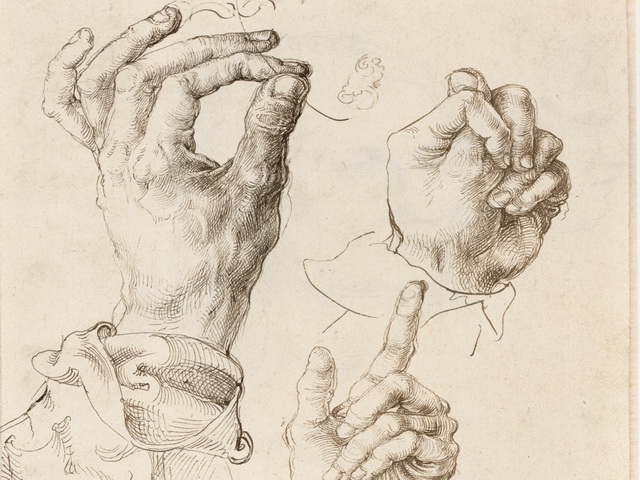
This desire is evident in the studies of his left hand – adopting various gestures – and of his leg, which, in fact, were executed at the back of another drawing – that of a subtle study of a figure from the parable of the Wise and the Foolish Virgins. The exhibition features numerous other studies – some humorous – of that (popular at the time) biblical theme of the Wise and the Foolish Virgins. However one of the most charming examples of Durer’s talent and his fast developing skills is the sketch of his wife Agnes Frey whom he married on returning from his ‘gap journey’. The portrait of the young woman, who for a moment rested her elbows on the table to gather her thoughts, is so intimate and informal that it might have been executed today.
